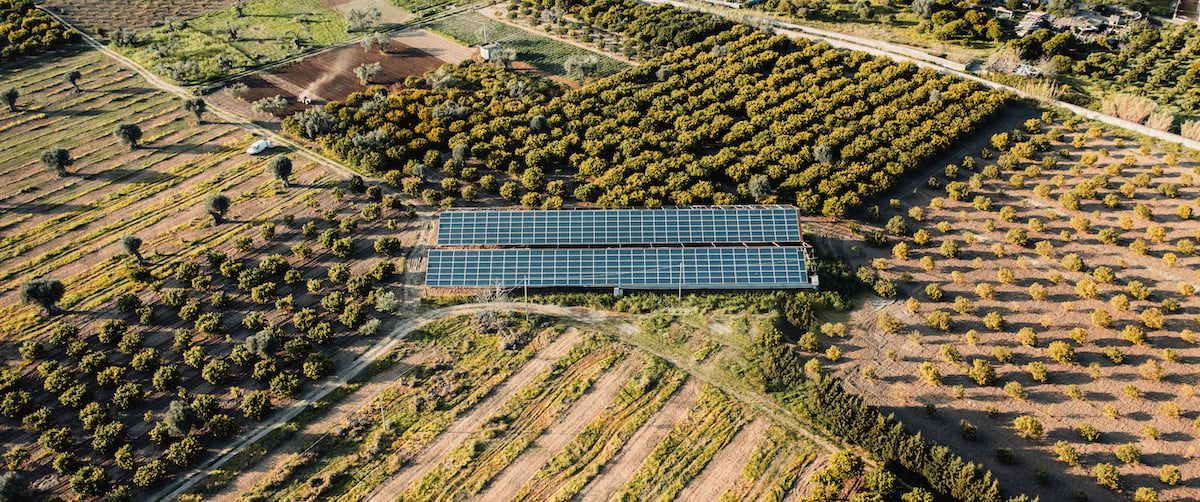 Solar energy is not only transforming the way we power our homes and businesses, but also the way we grow our food. Agriculture is one of the largest industries in the world, and the use of solar energy is revolutionizing the way farmers operate. Here are five key ways in which solar energy is revolutionizing agriculture:
Solar energy is not only transforming the way we power our homes and businesses, but also the way we grow our food. Agriculture is one of the largest industries in the world, and the use of solar energy is revolutionizing the way farmers operate. Here are five key ways in which solar energy is revolutionizing agriculture:
-
Solar-Powered Irrigation Systems
One of the most significant applications of solar energy in agriculture is powering irrigation systems. Irrigation systems are essential for crop growth, but they can also be expensive to run, especially in remote areas. With solar-powered irrigation systems, farmers can pump water from wells or other water sources using energy from the sun. According to the Food and Agriculture Organization of the United Nations, solar-powered irrigation systems have the potential to transform agriculture in developing countries, where many farmers lack access to electricity. -
Portable Solar-Powered Devices
Farmers can also use portable solar-powered devices to power essential equipment in the field, such as pumps and lights. Portable solar panels are lightweight and easy to transport, making them ideal for use in remote areas. These devices are also cost-effective and eco-friendly, making them a sustainable choice for farmers. -
Solar-Powered Drying
Drying is an essential process in many agricultural industries, such as coffee, tea, and cocoa. Traditionally, farmers would dry their crops using fossil fuels, which can be expensive and harmful to the environment. However, solar-powered drying is a more sustainable and cost-effective alternative. Solar dryers use the sun's energy to dry crops, reducing the need for fossil fuels and saving farmers money in the long run. -
Solar-Powered Cold Storage
Cold storage is necessary for preserving many crops, such as fruits and vegetables. However, traditional cold storage methods can be costly and rely on fossil fuels. Solar-powered cold storage is a sustainable and cost-effective alternative. By using solar energy to power refrigeration systems, farmers can save money and reduce their carbon footprint. -
Net Metering and Solar Farms
Net metering and solar farms are two additional ways in which solar energy is transforming agriculture. Net metering allows farmers to sell excess energy generated by their solar panels back to the grid, which can help offset their energy costs. Solar farms, which are large-scale solar installations, can also provide energy to entire communities and reduce the reliance on fossil fuels.
In addition to these five ways, the USDA offers a grant program called the Rural Energy for America Program (REAP) that provides financial assistance to farmers who want to implement solar energy on their farms. The program offers grants of up to 25% of the total project cost, as well as loan guarantees for up to 75% of the project cost. The program has helped farmers across the United States install solar panels, improve energy efficiency, and reduce their carbon footprint.
Solar energy is revolutionizing agriculture in many ways. From powering irrigation systems to solar-powered cold storage, farmers are finding innovative ways to use solar energy to grow their crops.
As the technology continues to improve and become more affordable, we can expect to see even more farmers adopting solar energy in the years to come.
 Rick Gilbert
Rick Gilbert